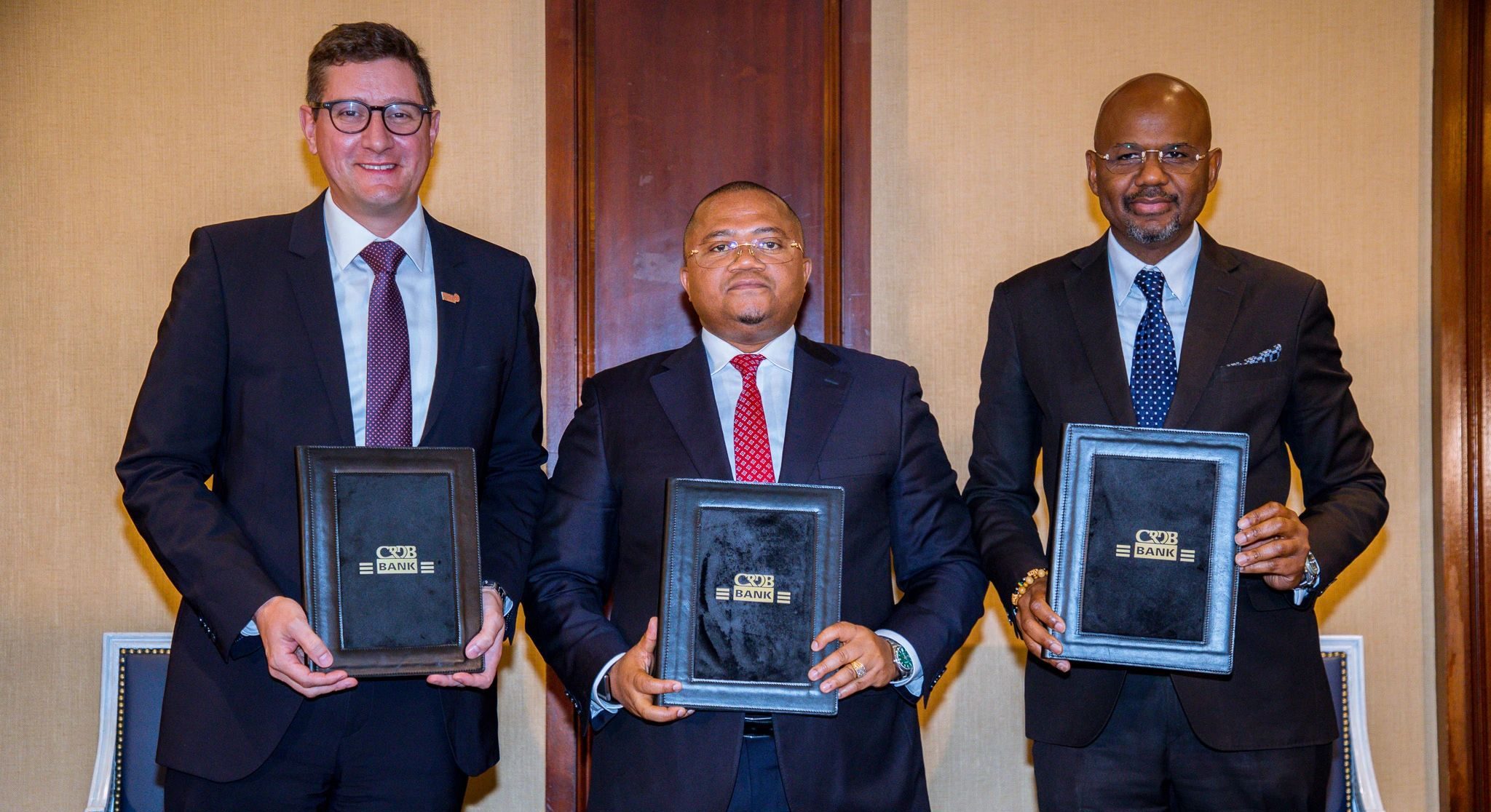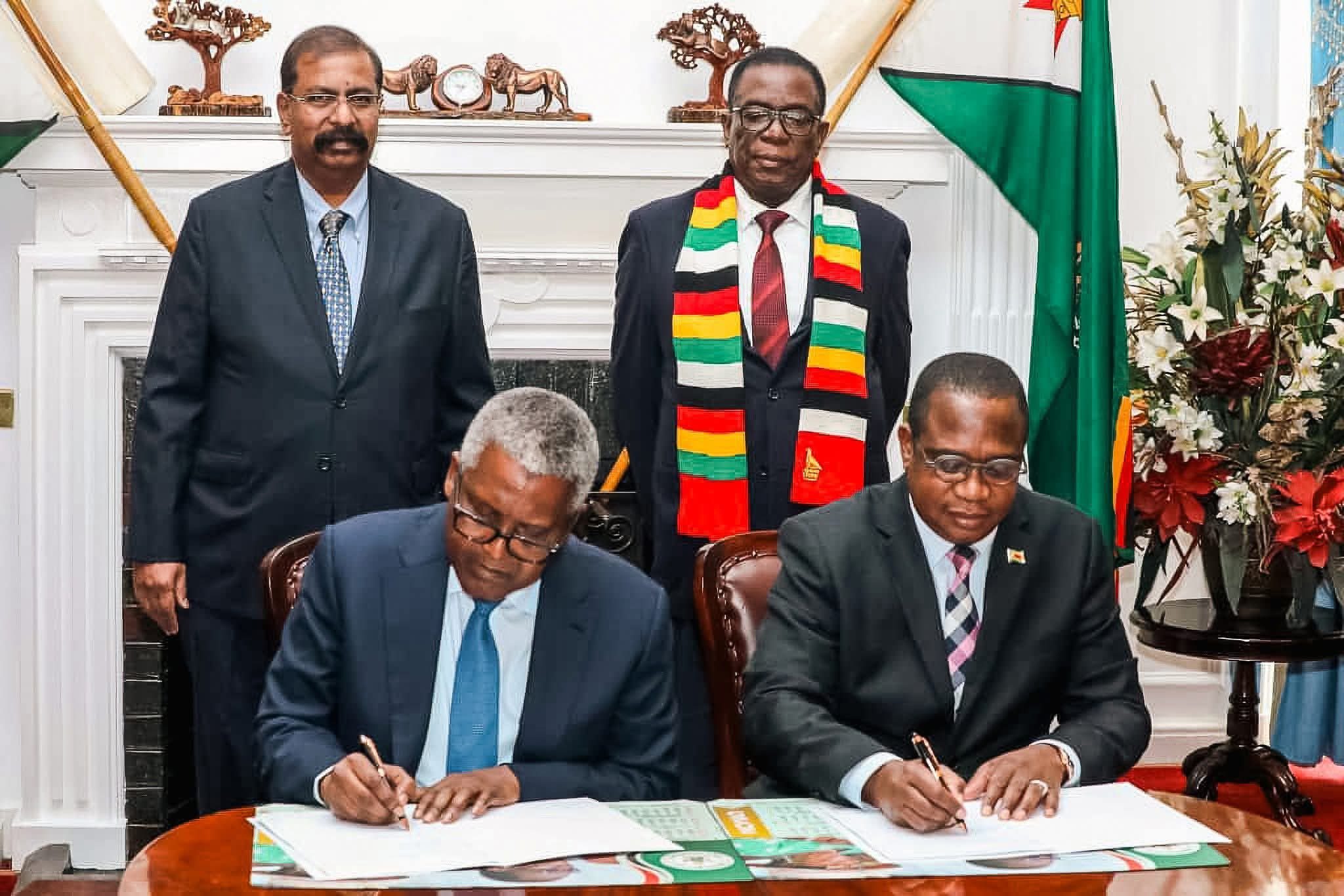
Monday, 24th March 2025

非洲记者报道
There’s a quiet shift happening along the Tanzanian coast, and it starts at the Port of Dar es Salaam. For years, this port—like many in the region—struggled with congestion, inefficiencies, and delays. Ships could linger offshore for a week, waiting their turn. But that’s changing.
According to Transport Minister Prof. Makame Mbarawa, most container vessels are now docking within one or two days. That may not sound revolutionary at first glance, but in logistics, time is currency—and word is spreading.
Recently, representatives from some of the world’s biggest metal and minerals trading companies—China Metal Storage and Transport Company (CMST), Henry Bath & Son Ltd, and Metals & Minerals Africa Trading—landed in Dar es Salaam. Their visit wasn’t a ceremonial courtesy call. They came to assess what’s happening on the ground and explore how they might plug into Tanzania’s evolving logistics ecosystem.
Martin Jacob, who heads DP World Tanzania—the company overseeing port operations—says the increased attention is a sign that things are moving in the right direction. “These firms have traditionally avoided Africa for logistical reasons,” he explains. “But Dar is beginning to look like a viable entry point.”
And it’s not just about the numbers or infrastructure. For companies like Henry Bath & Son Ltd, whose annual trading volume exceeds $170 billion, or CMST, which specializes in the bulk movement and storage of metals, the draw is partly strategic. Dar es Salaam sits on a route that links the Indian Ocean to landlocked giants like Zambia and the DRC.
Peter Waszkis, Henry Bath’s CEO, didn’t sugarcoat the firm’s interest. “We don’t have operations in Africa yet. But it makes sense to be here,” he said. “It’s time.” Wang Haibin, CMST’s President, echoed the sentiment. “Africa is our next big focus. We see Dar as the door.”
It’s hard not to notice the shift in tone. Just a few years ago, Africa was often left out of high-level logistics conversations, considered too complex or too risky. Now, with operational reforms taking root and the private sector—like DP World—injecting new energy into port management, things are beginning to feel different.
This doesn’t mean all is solved. Infrastructure still needs upgrading, hinterland connectivity remains patchy, and bureaucracy can snarl progress. But the momentum is real. And that counts for something. Dar es Salaam’s port isn’t just moving goods faster—it’s attracting new conversations. For now, global giants are kicking the tires. What happens next could reshape how Africa connects to the rest of the world.


